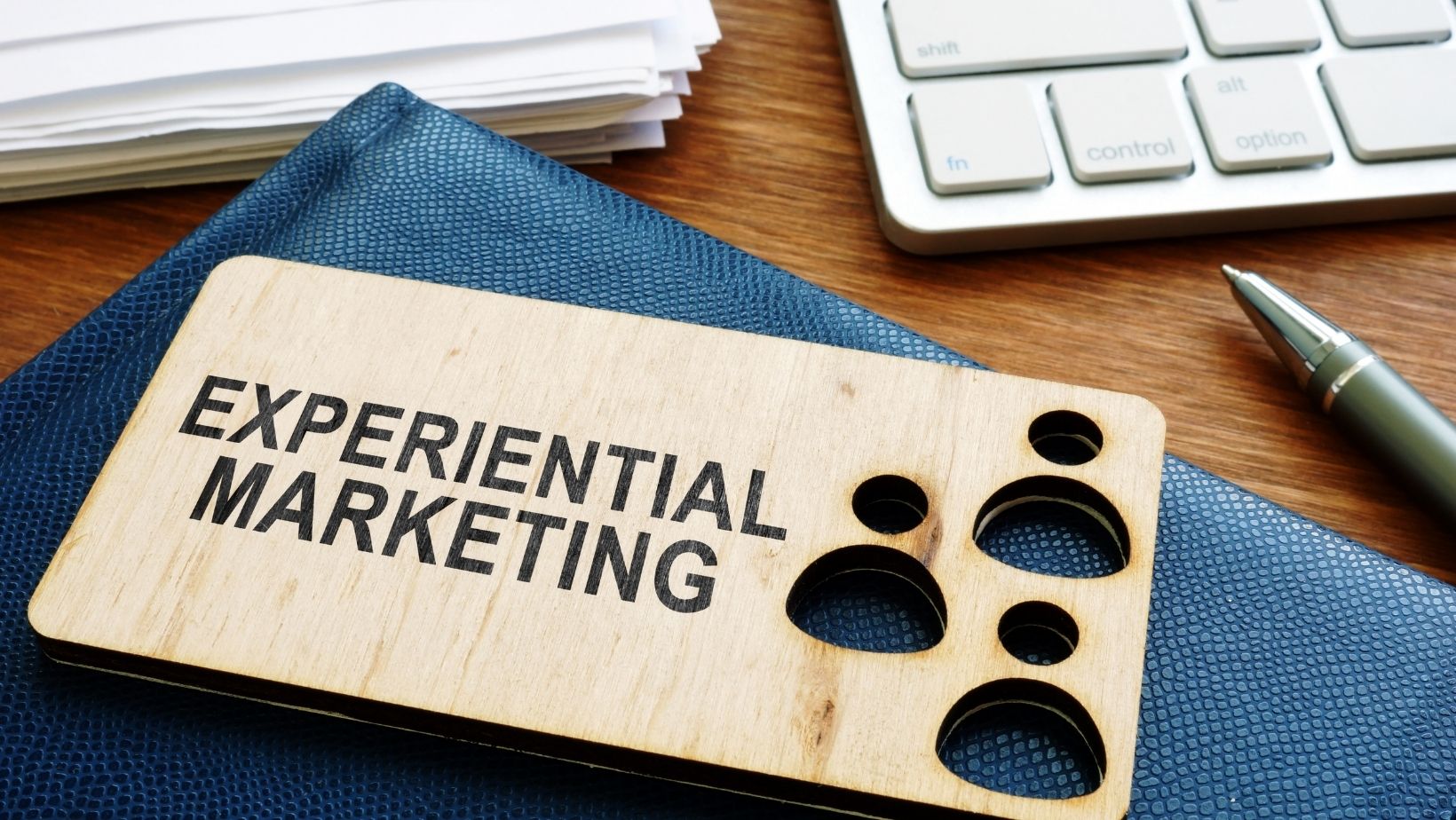
We talk about good and not-so-good experiences in our day-to-day lives.
This feeling further gets stronger when we buy a product or a service that we had longed for.
For example, imagine a car buying experience for the car you bought recently.
How did you feel about the buying process end to end?
That feeling tells many things about that company.
It is not about what you are selling and what you feel is right. But, it is how the customer is experiencing and how the customer is perceiving the value in it.
The customers have an excellent opportunity to engage with the brand and brands also have an excellent opportunity to listen to the voice of their customers. Customers and brands together are now co-creators of the product or the service. This is so unique that ultimately customers see a certain value and get delighted.
Positive experiences build trust, which increases loyalty to the brand. This, in turn, increases CLV (Customer Lifetime Value) for the brands.
Page Contents
Definition of Experiential Marketing
Webster’s dictionary defines experiential as –
relating to experience, derived from experience, or providing experience
Brad Nierenberg, CEO RedPeg Marketing says “Experiential marketing is the live, one-on-one interactions that allow consumers to create connections with brands.”
Louis Falco, Head of Customer Relationships and Brand Loyalty, Cadillac cars says something exceptional –
In experiential (loyalty), we talk about surprise and delight. If we happen to have tickets to a runway show, which we have for New York Men’s Fashion Week, we would send an email out to local individuals and say ‘Hey would you want to go see a runway show?’ Those are the type of experiential (loyalty) moments that you’ll remember for the rest of your life. When consumers think about leaving Cadillac for Mercedes, maybe they’ll say, ‘I remember Cadillac gave me this unique opportunity.
What is Experiential Marketing?
We otherwise know it as “experience marketing”, “engagement marketing”, “live marketing”, “participation marketing”, and “Loyalty Marketing”.
It is a marketing strategy that directly engages consumers and encourages them to participate and experience the product.
People who are familiar with IKEA know that the Swedish furniture giant has been doing it for a long time now.
When we walk through the store, we will find model kitchen rooms, living rooms, etc which are fully equipped to showcase to the prospecting consumers.
The question is, why are they doing so?
To tickle our imagination, thereby evoking an emotion.
By looking at the “would be” rooms, a consumer gets the “feeling” of how the room would look like if I will equip it with the products Ikea is showcasing.
This eventually triggers the buying decision.
A customer and the company together created a pleasing experience that made that person a customer.
Traditional Marketing vs. Experiential Marketing
There are two broad ways that differentiate traditional marketing from experiential one.
First off, experiential marketing focuses on triggering the sensory, emotional and cognitive behavior of the consumers.
Second, experiential marketing tries to create harmony between perception, consumption and brand loyalty.
However, in traditional marketing, the focus is on the product and selling them in large numbers, customer care takes a backseat.
Developing Experiential Marketing strategy
There is a six-step process to develop an effective experiential branding strategy.
The first step
This calls for a customer experience benchmark. It will tell us what is the current experience of the brand. The way the customers are perceiving it.
The second step
It is to provide a brand platform and to develop touchpoints with customers. This way the customer’s engagement will be enhanced.
The third step
This includes creating the required experience, coordinating with the employees, handling products and managing processes against the brand proposition in sync with the brand’s objectives.
The fourth step
This involves communicating the brand proposition both, internal to the organization and externally as well.
The fifth step
This step talks about monitoring performance in order to ensure that the brand is meeting its objectives.
The sixth step
If things are moving as per the plan and working well, then the brands should start thinking to better them. Elevate the experience further.
Experiential Marketing in recent times
With the spread of technology, the Internet, mobile, social media in the fiercely competitive marketing domain, online retailers have started to use virtual experiential marketing (VEM)
Keith Ferrazzi writes that “Information age has transformed itself into what he termed as the Relationship Age in which emotion, empathy, and cooperation are critical success traits and where technology and human interaction are intersecting and trust, conversation, and collaboration are top of mind and top of agenda “
The Internet and its various channels are used to enrich the experience by using visual and audio tools for the end-users.
Mostly, these experiences are related to customers’ moods and behaviors.
VEM also provides a channel through which a company will have the ability to achieve a competitive advantage by differentiating itself from the competition.
The management consultancy, A.T. Kearney developed a model to create an impactful VEM.

The broad steps are:
Develop
They should develop a lucrative customer value proposition. In order to do so, it is important to study how an online experience can satisfy customer needs.
Create
Between customers and the business, we need a customer experience framework to focus on all areas of interaction.
Use
The “7Cs” to support the framework needed to be used. They are content, customization, customer care, communication, community, connectivity and convenience.
Integrate
Quite crucial is the online and offline customer experience integration. It is said that companies should enhance the virtual experience which connects to the offline world too.
Tools to enhance Experiential Marketing
Blogs
Very effective for engagement marketing purposes. Companies have dedicated sections on their websites. This helps in providing a deeper understanding of the product and the brand per se.
Blogs help in educating a customer and thus help in making informed decisions.
Social networking sites
Popular social networking sites such as Facebook, Instagram, LinkedIn, and Twitter are ideal for engagement marketing. These sites provide two-way communication between customers and a brand.
Since this communication (feedback, comment, etc) is open for everyone to see, companies maintain them actively. Another important aspect is that one customer learns from another customer’s feedback. This makes these platforms pretty powerful, so to speak.
The market research company Gallup says “a two-dimensional (two-way) communication where consumers take part, share, and interact with a brand as a creator of the engagement crucial to business and personal success.”
Webcasts
They aim this type of online engagement marketing event to a much larger audience. They are available live and on-demand, which allows viewers to watch content at their own pace and schedule.
Similar to conferences that we attend, here as well, audience members can ask the presenters their queries and participate in online polls during live webcasts.
Email campaigns
One of the oldest and quite robust online engagement marketing tools.
Email marketing is suitable for target audiences who are willing to receive mailers directly. Brands also encourage individuals to share their messages by forwarding the emails to colleagues, friends and family.
Crowdsourcing
Very popular these days, crowdsourcing sites offer engagement marketing opportunities through open media contests.
Crowdsourcing sites encourage users to share their submissions on various social media sites. By engaging fans and consumers, there is increased brand awareness and a sense of relationship is being developed even before launching an official campaign.
Benefits of Experiential Marketing
There are several, but here are just a few benefits of experiential marketing:
Personalized engagement
As a customer, I would want to connect with a person when I am contacting the company. A pre-sales support or post-sale support, a personal touch certainly goes a long way than a mere templatized response from the brand.
This is also true for brands. Instead of automated calls for feedback, it will always be best to provide human interaction and listen to your customers well.
If a brand’s relationship with its customers is strong no matter the price you charge, a customer will be more than happy to buy them.
A connection between product and emotion
Customers want to be educated about the products. They want to know more about the product and what it can do differently or how it can enhance the lifestyle.
When a customer feels strongly about the product and its benefits, then they start appreciating its uniqueness in this, which in turn, evokes an emotion between the customer and the product.
Develop positive touchpoint
A very important aspect indeed. More the merrier, the stronger the better.
The ways by which a consumer talks to the brands, whether in-person, through a website or an app, or any other medium of communication, gives a loud signal in the minds of consumers.
No one wants to talk to customer care who doesn’t care, doesn’t provide the desired information, shows no empathy.
But when done in a nice proper way, it creates trust and customer experience goes notches above.
Social shareability
Needless to say, almost everything gets shared across social media. When one positive experience gets shared, it evokes emotion that others also want to experience.
This ultimately brings many more customers. A testimonial, video clip and Instagram reels are helpful tools in this regard.
Examples of Experiential Marketing
Keynote event – Apple
When Apple conducts an annual product release event, It is designed to be a delightful experience for its attendees.
Every attendee gets to hold the latest iPhone, iPad, and MacBook and use them as if they are the owners.
This undoubtedly creates an exceptional experience. That amazing feeling of being able to handle and control the newest Apple product before anyone else on the planet.
Aston Martin ice campaign
A campaign where an aspirational car provides an exhilarating experience.

The manufacturer invited journalists, opinion leaders, and industry insiders to test-drive the swanky Aston Martin on the icy, snowy roads of Colorado, located 9,000 feet above sea level in the Rocky Mountains.
The company wants owners, and prospecting owners to appreciate the capable and robust nature of their vehicles.
Disney World
A person visiting Disneyland means an experience of a lifetime for him/her. So why is this experience is so unique?
In their own words, Disney is an interactive playground to promote the product of movies & entertainment. This is “The most magical place on earth” where customers are called “guests” and employees are called “cast members.”
Starbucks Coffee
What makes Starbucks so special?
They say a total coffee experience that stimulates your sensory organs (sight, sound, smell, touch and taste). They even have their own unique vocabulary for ordering a drink.
Coca-Cola FIFA World Cup VR Experience
During the FIFA World Cup, Coca-Cola placed a VR experience center in front of a train station.
A person could stand in front of a screen and see a popular soccer player standing next to you. You could also practice a soccer move with the athlete or try to compete in your own mini soccer tournament.
Conclusion
Experiential marketing is one of the most powerful means to showcase your product and services. A surefire way to engage current customers to increase the CLV and potential customers to increase the revenue.
Connecting with customers emotionally to provide a unique experience is what everyone is looking for.
In addition to the experiential marketing events, utilization of online channels(VEM) to elevate real-world experiences is the way to go.
Brands should always aim to deliver amazing experiences across all the touchpoints.